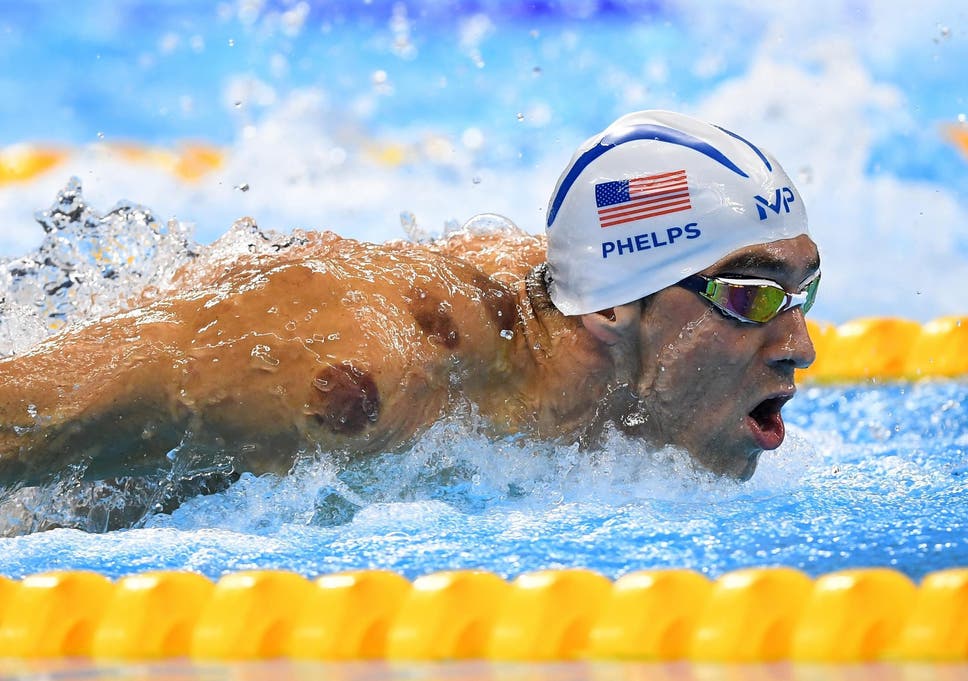Remember the bruises on Michael Phelps back in 2016 Olympic? That was due to cupping therapy. How does it work? Is it helpful or not? Let’s find out!

Cupping was invented in China as an alternative medicine therapy. During the process, cups are placed on the bare skin, creating suction. This promotes healing with the increased blood flow.
Cupping is not new, it dates back to 1550 B.C when ancient Egyptians used it as medical therapy. Cupping is used to help relieve pain, inflammation, and blood flow. It is also used as a form of relaxation and well being, and as deep tissue massage.
To determine which method to use, factors like your medical condition, your preference and the opinion of the medical practitioner are assessed.
Cupping has been around for many centuries and comes with varies benefits.
These are some of the known benefits of cupping base on various studies. Experts acknowledge that more comprehensive studies need to e conducted to determine the effectiveness of cupping.
There are a few side effects of cupping and these occur during or immediately after the process. These include:
Cupping helps athletes to train longer and perform better. It comes with a wide range of benefits for both athletes and non-athletes. If you want to try it, make sure to get it done only by a professional therapist to maximize the benefits and minimize the risks.